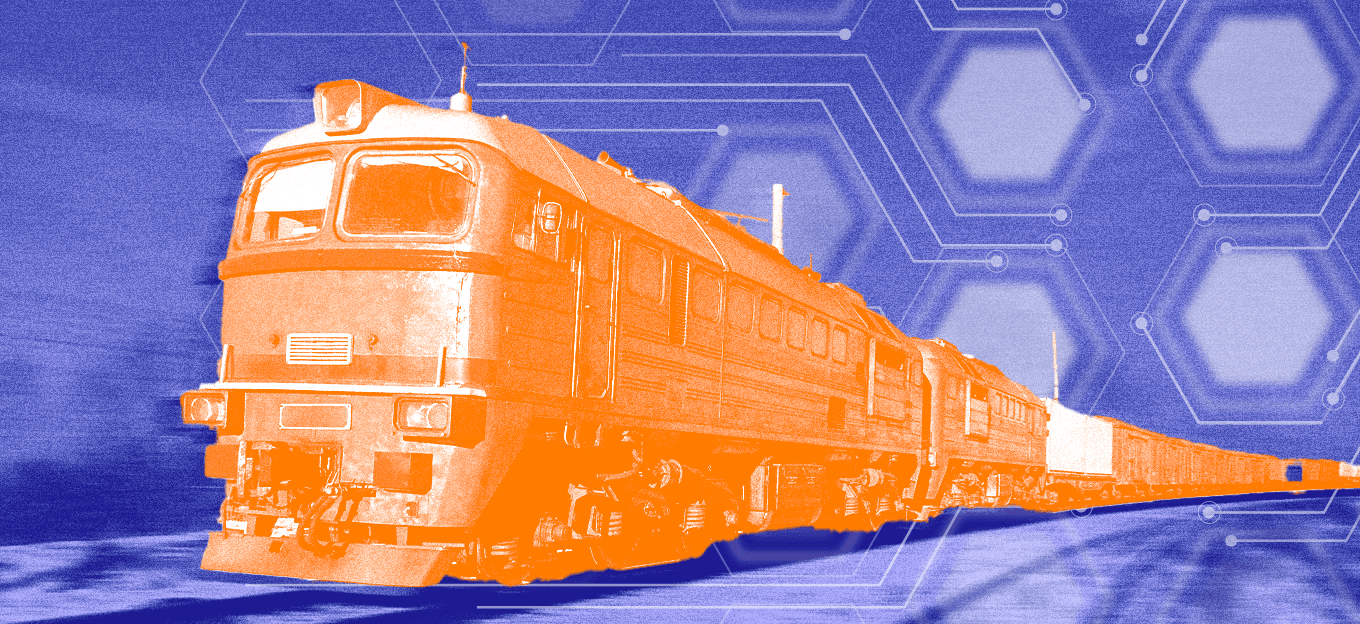Location Intelligence is the Lynchpin of Logistics
Location Intelligence is the Lynchpin of Logistics
- Last Updated: December 2, 2024
NextNav
- Last Updated: December 2, 2024



No global system was left untouched by the strain of the pandemic. Across the globe, labor shortages and city-wide lockdowns left manufacturers staggering, businesses shuttered, and regional economies in limbo and leading to cascade supply chain disruptions. But one area, in particular, was especially tested, and subsequently, devastated: transportation and logistics. This industry encompasses a global system of cargo trucks, ships, and planes, all aiming to deliver goods from one location to another that was built on just-in-time methodologies.
'Asset tracking and location intelligence can help organize and prioritize the security and punctuality of specific cargo containers.' -NextNav
Many systems converge to make this happen; manufacturers work with distributors, who work with shipping companies, which operate hand-in-hand with port authorities – and the workflow essentially reverses and repeats itself for the buying side. This miraculous exchange of possession depends on many variables, but none more so than location intelligence, the delivery of precise geolocation data to suppliers, buyers, shipping companies, and port authority officials.
Finding Freight is a Shared Priority
Location intelligence is already ingrained in the consumer-facing shipping experience – largely driven by IoT advancements. IoT-enabled beacons and sensors can deliver location data from any location, in real time, to share vital information about an asset's whereabouts. That can include a delivery van, cargo truck, or ship, and even specific items within these vehicles. If you’ve ever tracked a package, or eagerly awaited an Amazon delivery as you track its progress in the app, that’s asset tracking at work. Beyond the consumer benefits and convenience, the same location data powers the entire logistics ecosystem.
Just as asset tracking would inform a consumer that they need to leave work early to sign for a package or prevent a “porch pirate” from taking it, port authorities use the same delivery information to prepare dock teams and assets for unloading. If this data is inaccurate, the consequences are disappointing for consumers awaiting a package, but devastating for a port managing dozens of cargo shipments and billions of dollars in goods each day and unnecessary environmental impacts from trucking companies sitting with idling engines waiting for containers.
Breaking the Backlog
A delay to one shipment can quickly domino into a delay for dozens of ships at a single port. Late last year, amidst the worst of COVID-induced delays, Goldman Sachs estimated that over $24 billion worth of goods remained trapped in over 77 cargo ships awaiting entry to the port of Los Angeles. That economic value was either temporarily or permanently lost (in the case of perishable goods).
At a micro level, asset tracking and location intelligence can help organize and prioritize the security and punctuality of specific cargo containers. Advancements in location intelligence have enabled innovative asset tracking capabilities. Today, solutions allow for the precise locating of specific assets in three dimensions without additional IT infrastructure that typically isn’t available in port locations. This enables dock workers to identify where a cargo container with priority goods – say, COVID vaccines – are on a fully loaded cargo ship or hazardous materials that needed to be handled precisely. By attaching asset trackers to the containers, each container loaded onto a ship can be precisely tracked to optimize cargo transfers and ship arrivals and departures. This kind of location data can not only help break the backlog of ships we witnessed at the peak of the pandemic but can also inform the security and prioritization of critical assets.
Location Intelligence, Big and Small, Will Have a Profound Impact
With billions of dollars at stake each day, next-generation location intelligence has a more prominent role to play in our global supply chain. Precise location data can ensure that this global choreography of exchanges and deliveries goes off without a hitch. Armed with accurate location data, shipping, and trucking routes can be optimized based on traffic and weather patterns, port authorities can effectively plan for shipments, and docks can be adequately staffed for surges in traffic.
Broadening the scope a bit further, this level of location data can also fuel analytics to project future performance and optimize shipments accordingly. Variables like preferred routes, shipment destinations, and trucking operations, among others, can be tracked and analyzed to strengthen supply chains for businesses and consumers alike. We’ve yet to see these location intelligence capabilities utilized in our global supply chain, and these systems have likely struggled as a result.
As IoT-enabled asset tracking and location intelligence continue to advance, it’s time we supply our supply chain with the technological capabilities it needs to succeed in any circumstance.
The Most Comprehensive IoT Newsletter for Enterprises
Showcasing the highest-quality content, resources, news, and insights from the world of the Internet of Things. Subscribe to remain informed and up-to-date.
New Podcast Episode

Moving Past the Pilot Phase in IoT and AI
Related Articles




